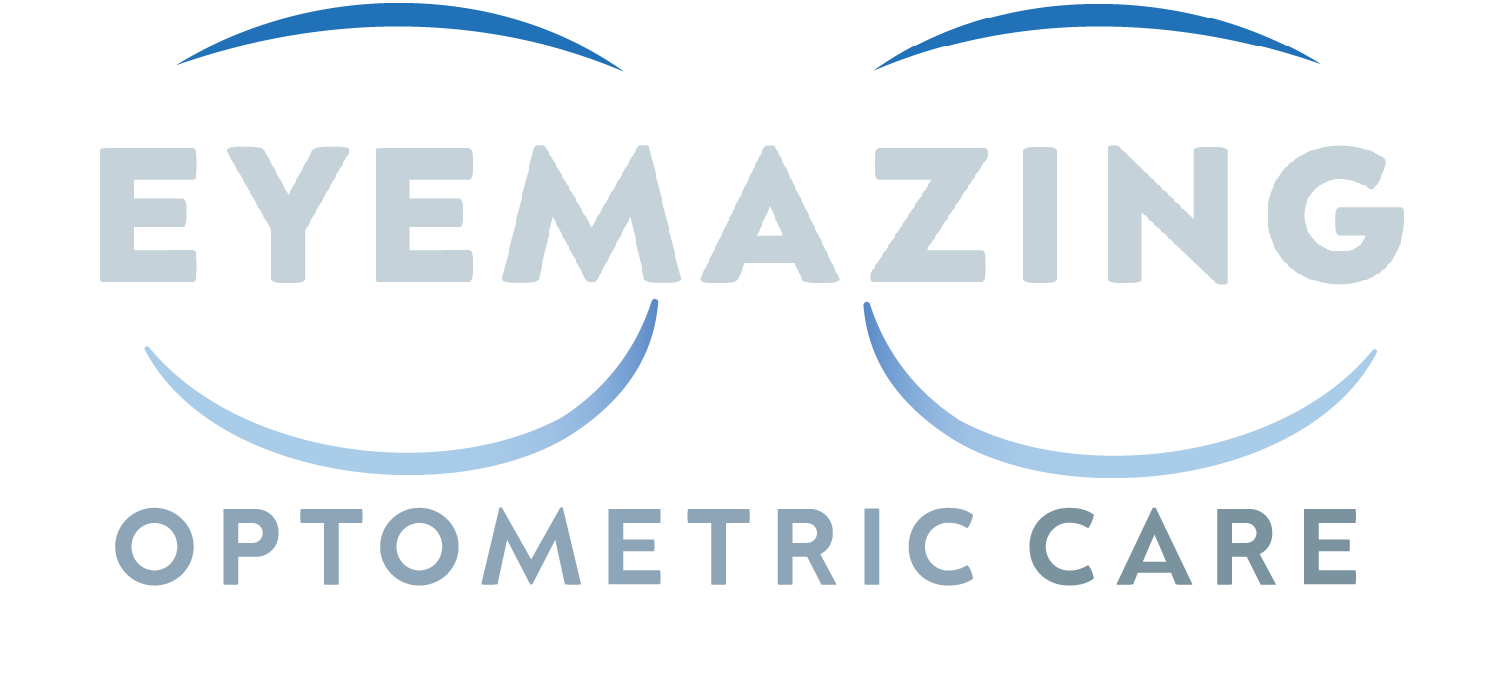👁️ Understanding Keratoconus and the Role of Scleral Lenses
Keratoconus is a progressive eye condition characterized by the thinning and bulging of the cornea into a cone-like shape, leading to distorted vision. One of the most effective non-surgical treatments for keratoconus is the use of scleral contact lenses.
🔍 What Is Keratoconus?
Keratoconus is a degenerative disorder where the cornea, which is normally round, thins and begins to bulge into a cone-like shape. This irregular shape prevents light from entering the eye properly, causing distorted and blurred vision. Symptoms often begin in the teenage years and can progress over time.
🛡️ How Scleral Lenses Help
Scleral lenses are large-diameter gas-permeable contact lenses that vault over the entire corneal surface and rest on the sclera (the white part of the eye). This design creates a tear-filled chamber between the lens and the cornea, which serves multiple purposes:
Smooth Optical Surface: The fluid reservoir fills in the irregularities of the cornea, providing a smooth surface for light to enter the eye, thereby improving vision.
Enhanced Comfort: By avoiding direct contact with the sensitive corneal surface, scleral lenses offer greater comfort compared to traditional contact lenses.
Corneal Protection: The lenses protect the cornea from external irritants and help maintain hydration, which is beneficial for healing and comfort.
🌟 Benefits of Scleral Lenses for Keratoconus
Improved Visual Acuity: Scleral lenses can significantly enhance vision by correcting the irregularities caused by keratoconus.
Increased Comfort: Patients often report that scleral lenses are more comfortable than traditional gas-permeable lenses, as they do not rest on the sensitive corneal tissue.
Stability: The larger size of scleral lenses provides a more stable fit, reducing lens movement and improving visual consistency.
Extended Wear Time: Many patients can wear scleral lenses for longer periods without discomfort, making them suitable for daily use.
🧪 Fitting Process
Fitting scleral lenses requires specialized equipment and expertise. The process involves:
Comprehensive Eye Examination: Assessing the severity of keratoconus and measuring the corneal shape.
Trial Lens Fitting: Using diagnostic lenses to determine the appropriate size and shape for the patient’s eye.
Customization: Ordering custom lenses based on the measurements and trial lens performance.
Follow-Up Visits: Ensuring the lenses fit well and making any necessary adjustments for optimal vision and comfort.
